After admiring the magnificent memorials in Southwark Cathedral, I wanted to visit the Cross Bones Graveyard Garden, which has a very different story to tell. It can be found at the junction of Redcross Way and Union Street (SE1 1SD) …
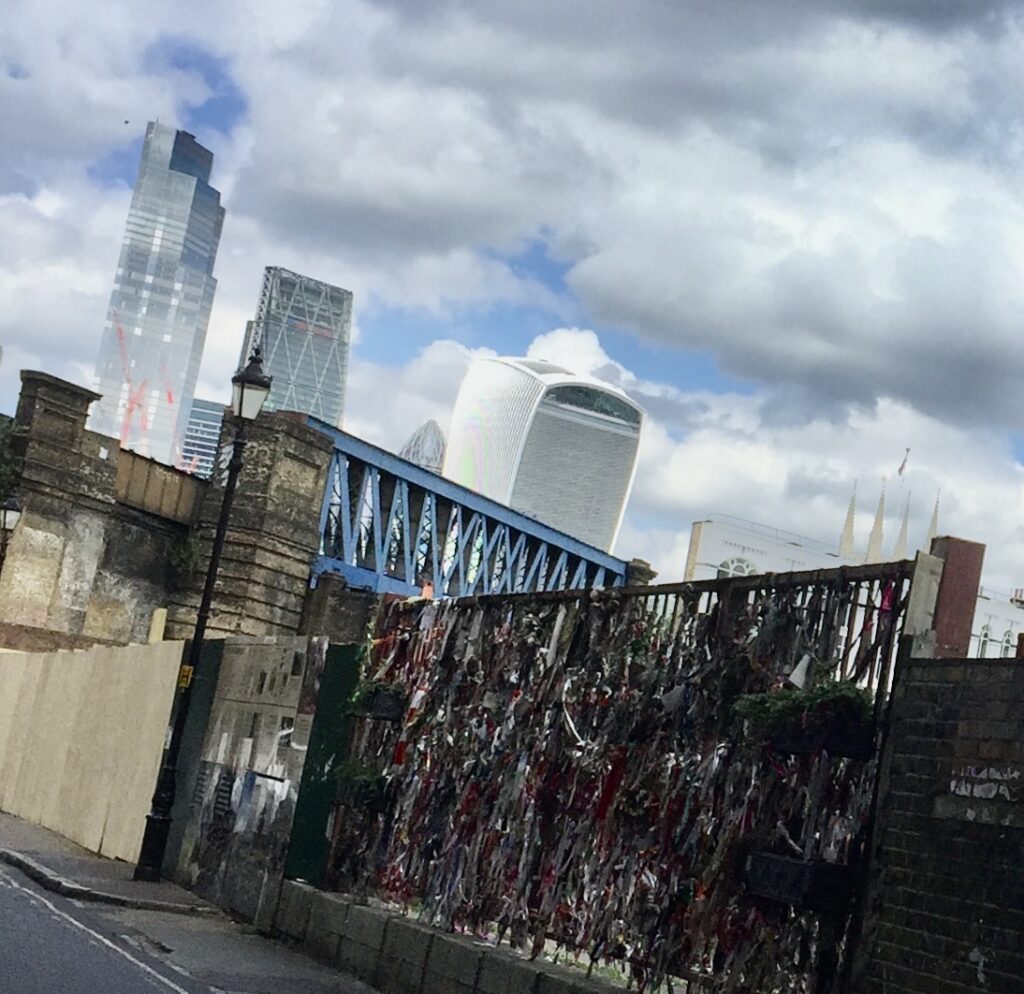
I also wanted to mark the connection between it and the remains of the Bishop of Winchester’s palace on Clink Street (SE1 9DN) …
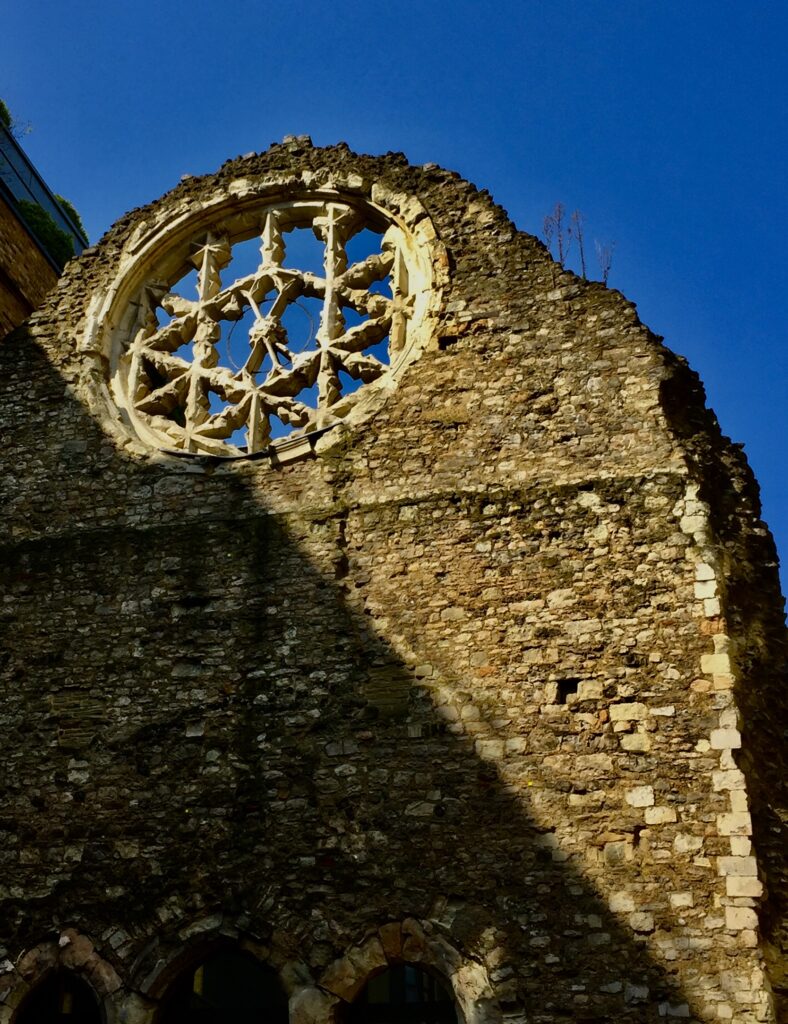
A plaque outside the garden gives a very brief history …
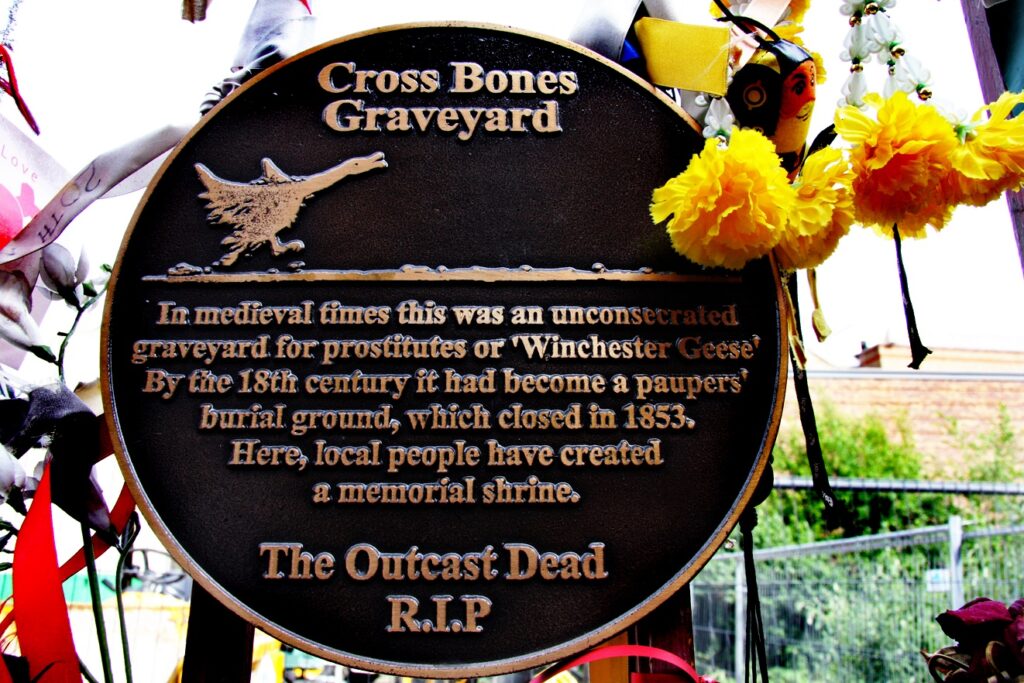
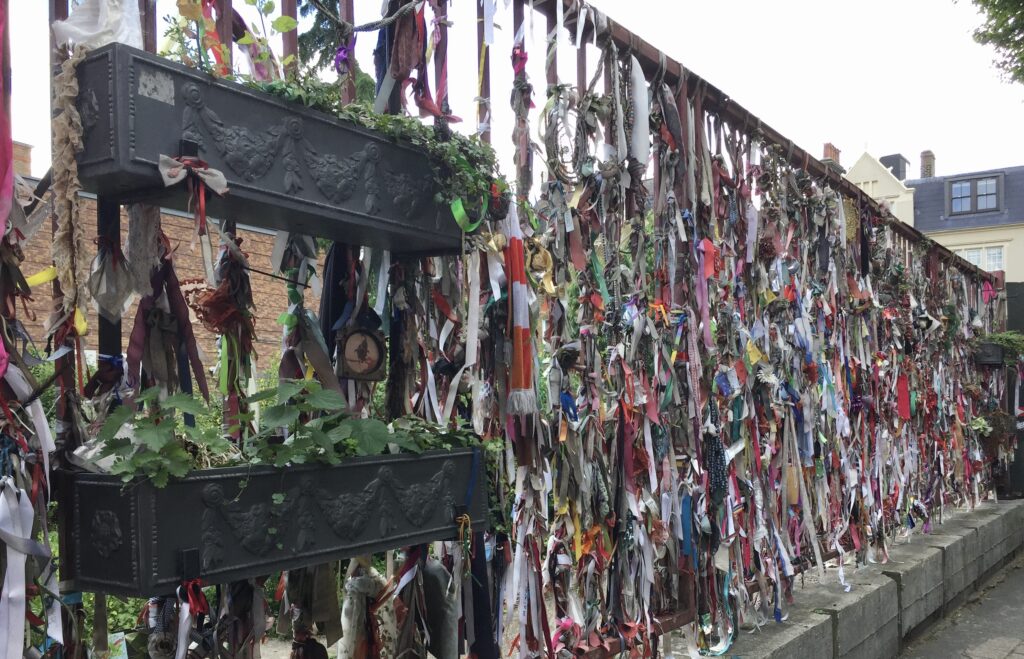
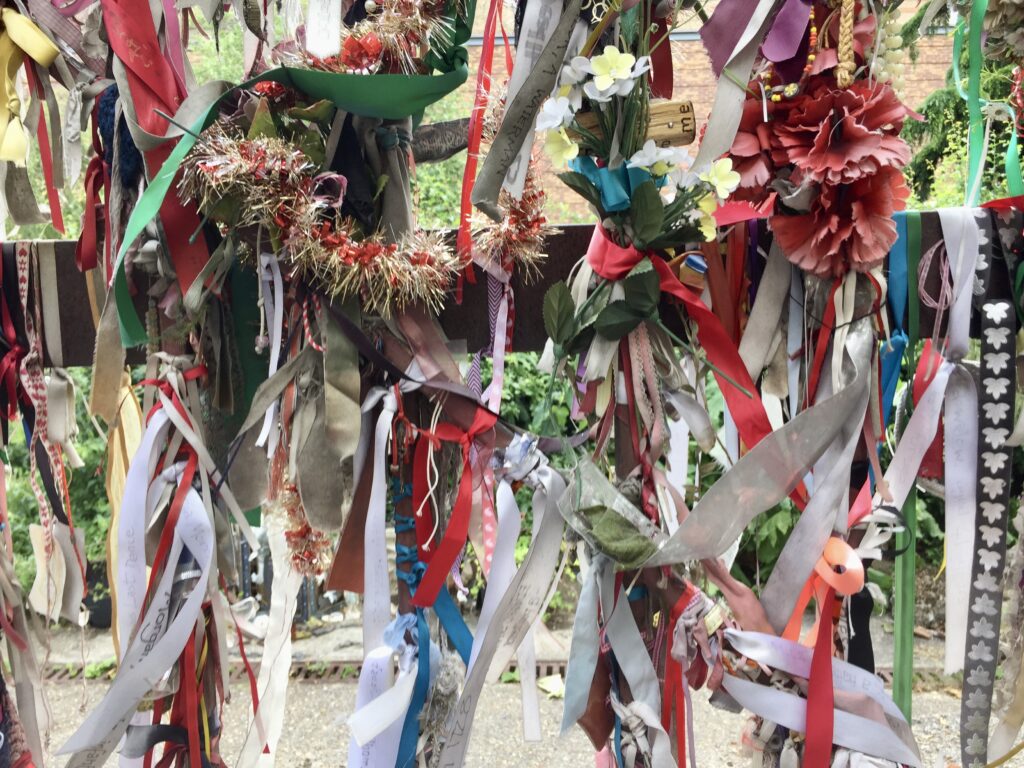
I found it a very moving place, even though the garden was closed when I visited. I caught a glimpse of several little shrines through the memorial ribbons and other tributes attached to the fence …
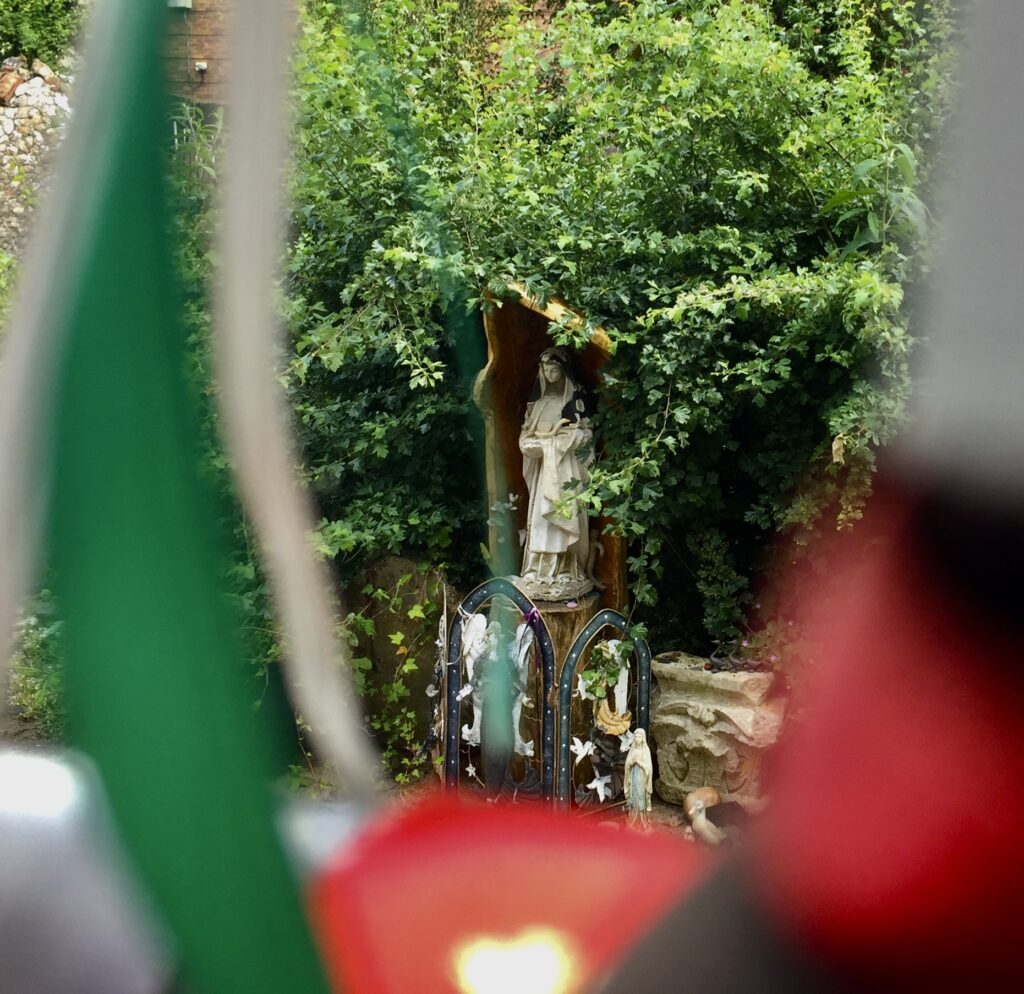
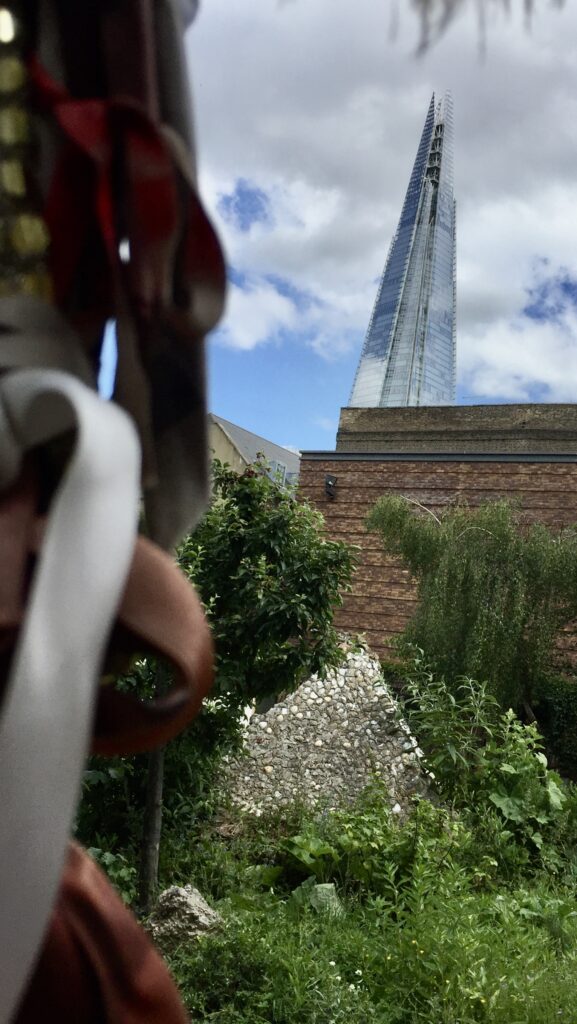
Some excavation work by Museum of London archaeologists in the 1990s resulted in the removal of 148 skeletons, over 60% of whom were children under five years of age. Overall it’s estimated that as many as 15,000 souls were buried here until the cemetery was closed in 1853 being ‘completely overcharged with dead’ and ‘inconsistent with due regard for the public health and public decency’.
So what was the connection with the Bishop of Winchester?
As the plaque tells us, in the late medieval period, the local prostitutes were known as ‘Winchester Geese’. They were not licensed by the City of London or Surrey authorities, but by the Bishop of Winchester who owned the surrounding lands, hence their namesake. The earliest known reference to the Graveyard was by John Stow in his Survey of London in 1598 …
I have heard ancient men of good credit report, that these single women were forbidden the rights of the Church, so long as they continued that sinful life, and were excluded from Christian burial, if they were not reconciled before their death. And therefore there was a plot of ground, called the single woman’s churchyard, appointed for them, far from the parish church.
Stow comments that their churchyard was ‘far from the parish church’. That church, St Saviour’s, became Southwark Cathedral in 1905 and you can just see the top of its tower on the right in my first photo above. Far indeed.
You can read more about Cross Bones here.
I just had to visit nearby Ayres Street (SE1 1ES) …
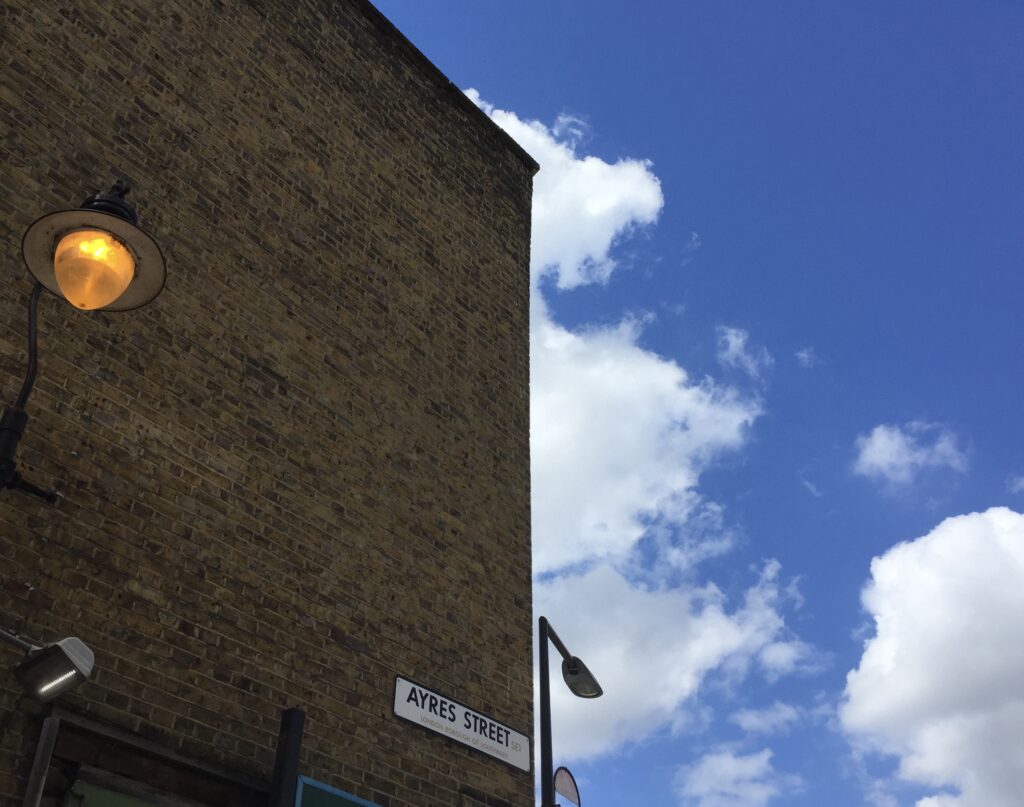
It is named after a brave girl who is also commemorated in the Watts Memorial in Postman’s Park …
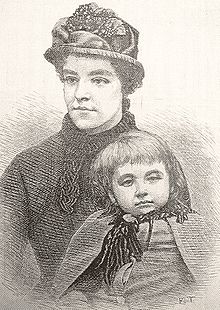
The picture above shows Alice Ayres as portrayed by the Illustrated London News in 1885 (Copyright the British Library Board). Her commemorative plaque reads as follows and was the first to be installed …
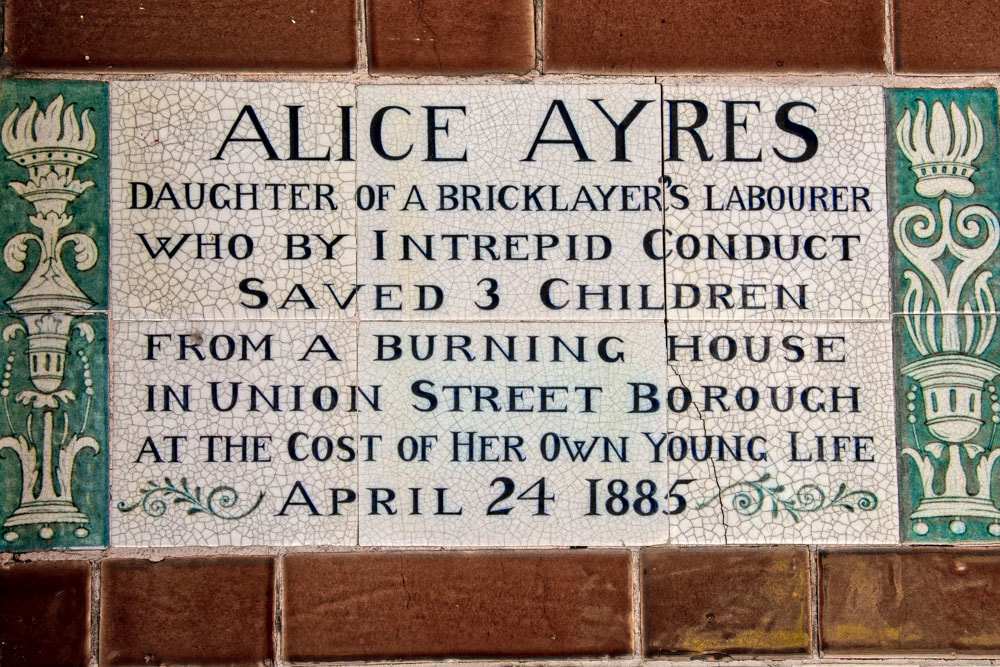
It was 25-year-old Alice’s brave act that prompted Watts to write to the Times newspaper and suggest the creation of a memorial
That would celebrate the sacrifices made by ‘likely to be forgotten heroes’ by collecting ‘…a complete record of the stories of heroism in every-day life’.
Alice threw down a mattress from a burning building and successfully used it to rescue three children …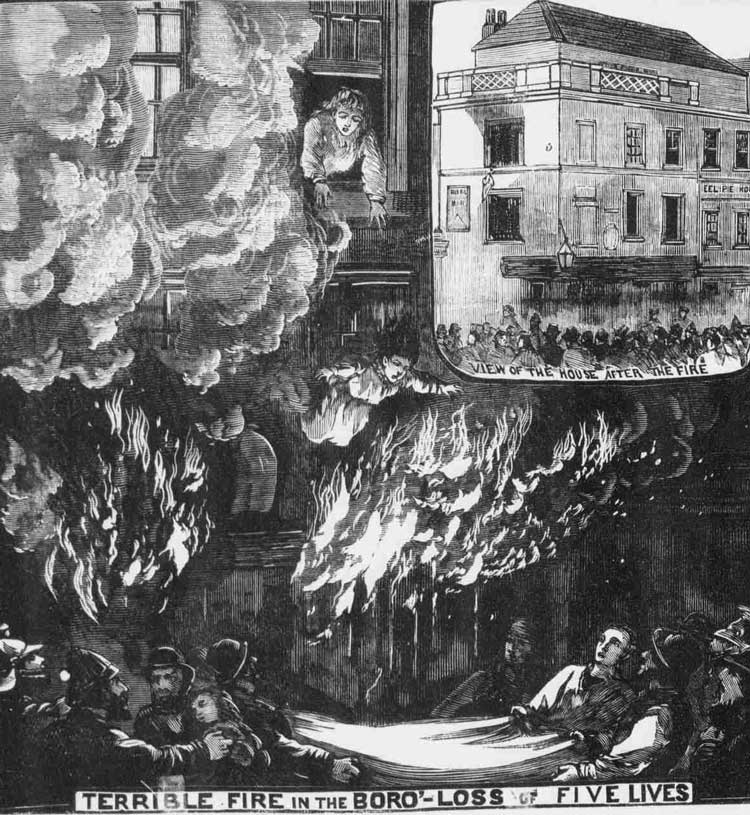
From The Illustrated Police News 2nd May 1885 Copyright, The British Library Board.
Alice eventually jumped herself but received terrible injuries and died two days later. Incidentally, if her name rings a bell with you it could be because, in the 2004 film Closer, one of the characters, Jane Jones, sees Alice’s memorial and decides to adopt her name.
This imposing building at 47 Union Street dating from 1907 was once known as the ‘Ragged School’, a charity set up to help disadvantaged children (SE1 1SG) …
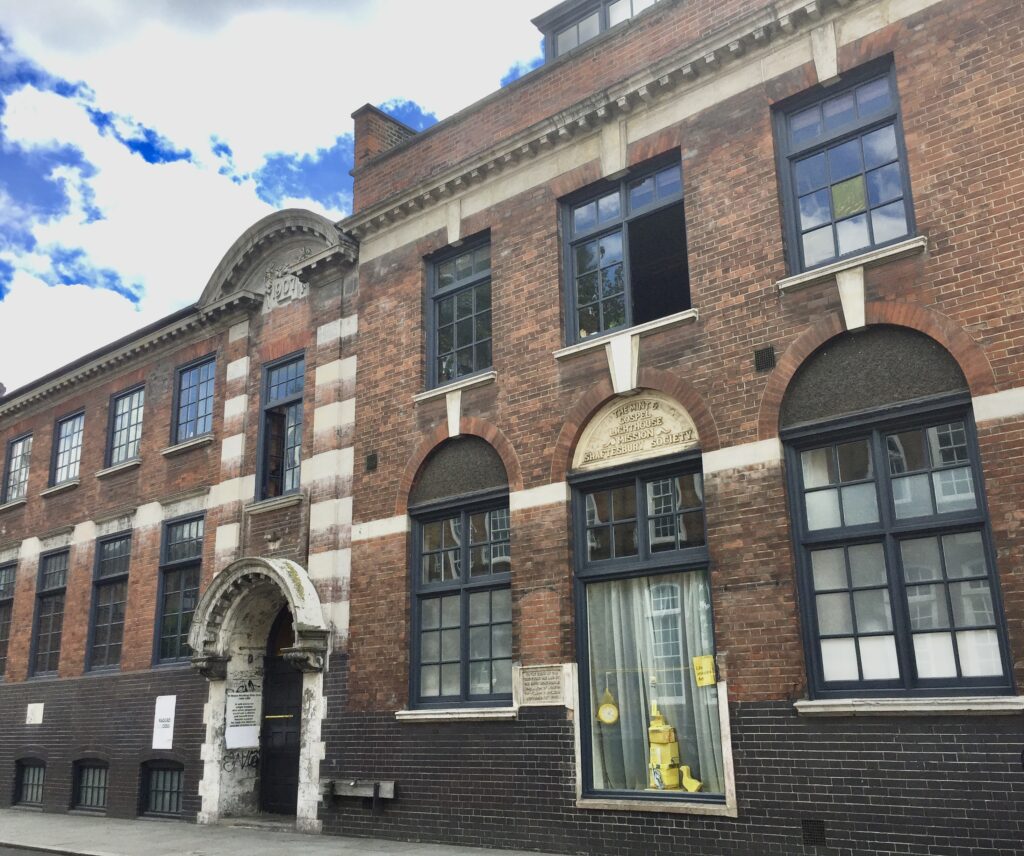
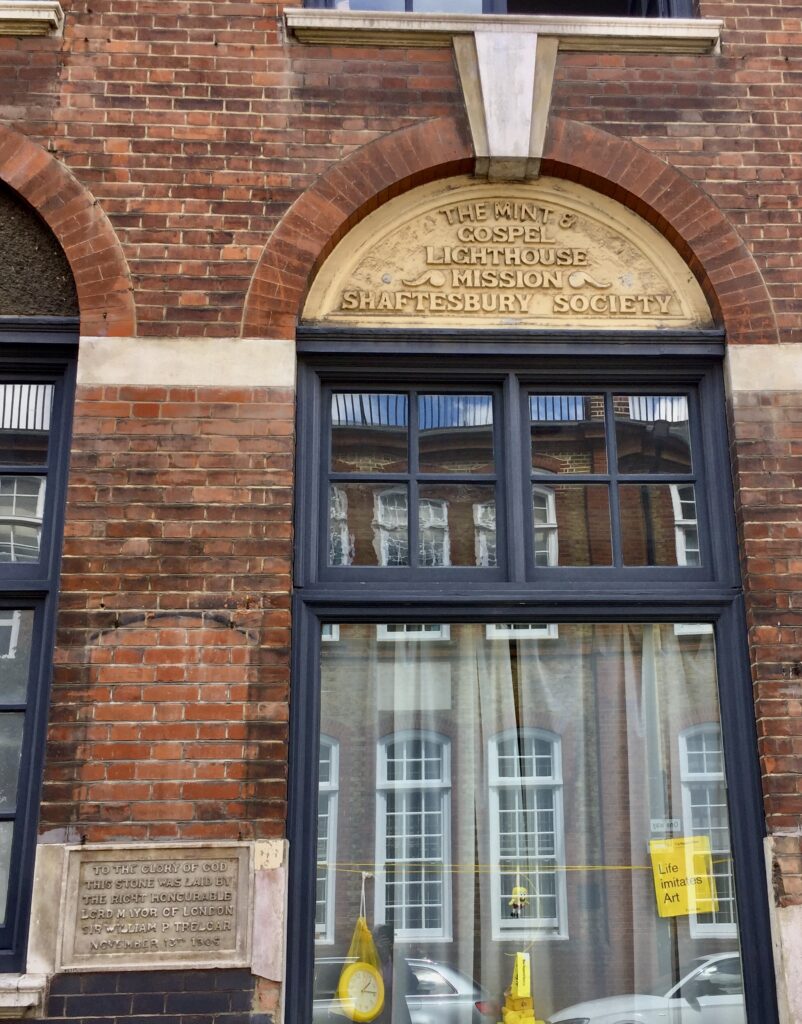
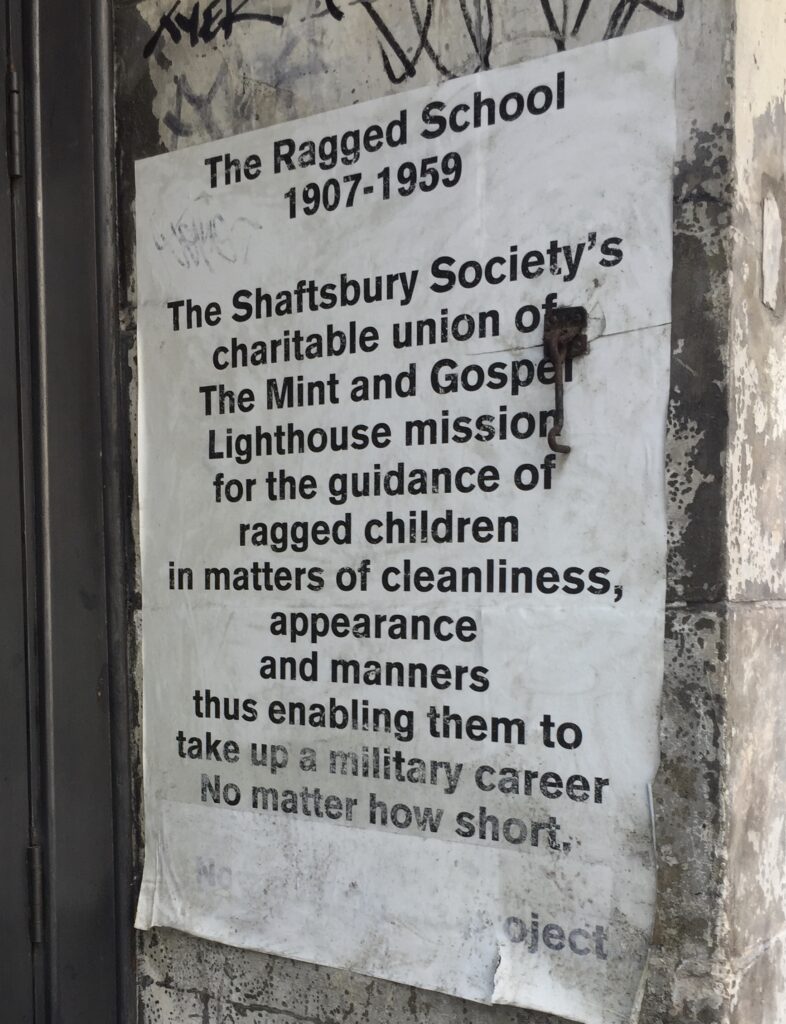
According to the London Remembers blog, ‘the Work Girls Protection Society was founded in 1875 and began with premises in New Kent Road. It was renamed the St Mary’s Girls’ Club. In 1899 the Club lost the New Kent Road site so they acquired a lease at 85 Union Street, a former tin plate works. They then raised funds, bought the site to the left of the Mission site, and constructed a building there. In 1930 the Girl’s Club merged with the Acland Club to form the co-ed St Mary’s and Acland Club’ …
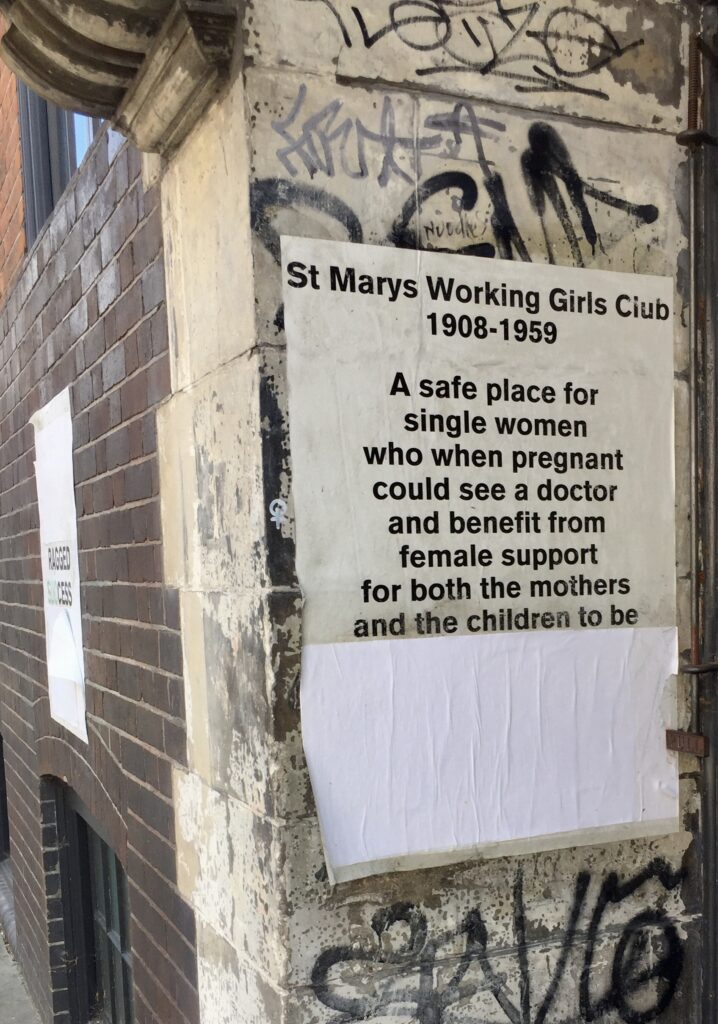
I couldn’t find out any more about this club and have no idea why the bottom part of the poster has been concealed.
I headed for Southwark Street and wandered east to Borough High Street, adding this ghost sign to my collection along the way …
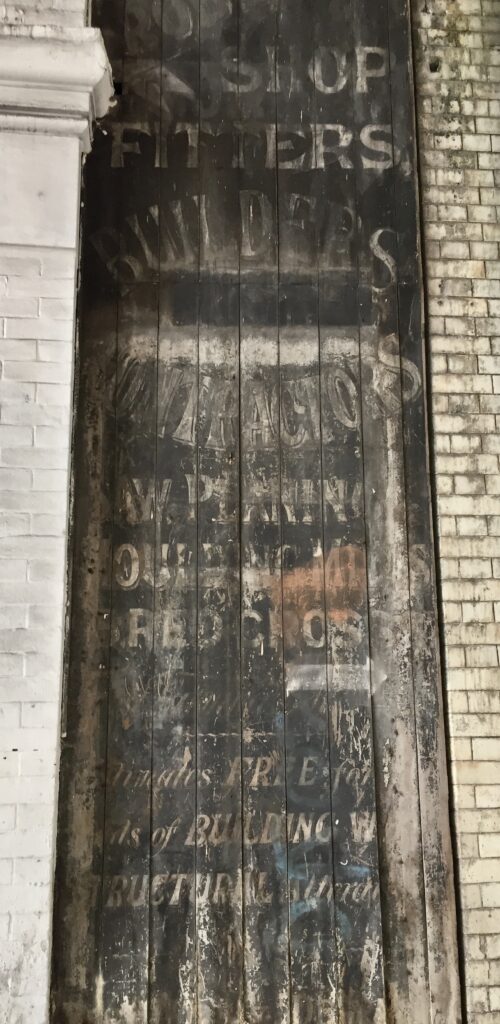
This building, John Harvard House, caught my eye since its narrowness seems to reflect medieval building plot dimensions …
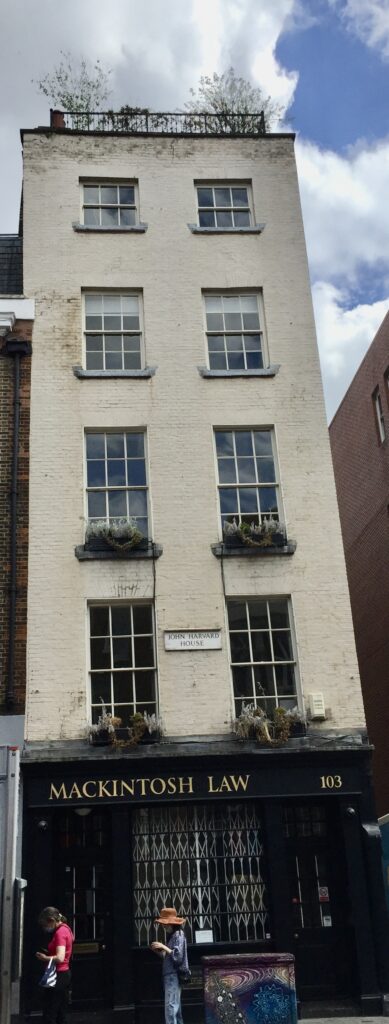
John Harvard was born in Southwark in 1607 and was baptized in St Saviour’s Church, the present Southwark Cathedral. His mother, Katherine, owned the Queen’s Head Inn, which stood on this site, and left it to John when she died in 1636. In the spring of the following year John and his wife made the voyage to Massachusetts and arrived at Charlestown. John died there of tuberculosis in 1638 and bequeathed to the recently established local college half his fortune and the whole of his library of about 400 books. In 1639 it was renamed Harvard College, first calling itself a university in 1780. John Harvard is commemorated in Southwark today by a library in Borough High Street and by a chapel in the cathedral.
I always enjoy exploring alleys and I investigated two that run off the High Street.
In Chapel Court I came across this building …
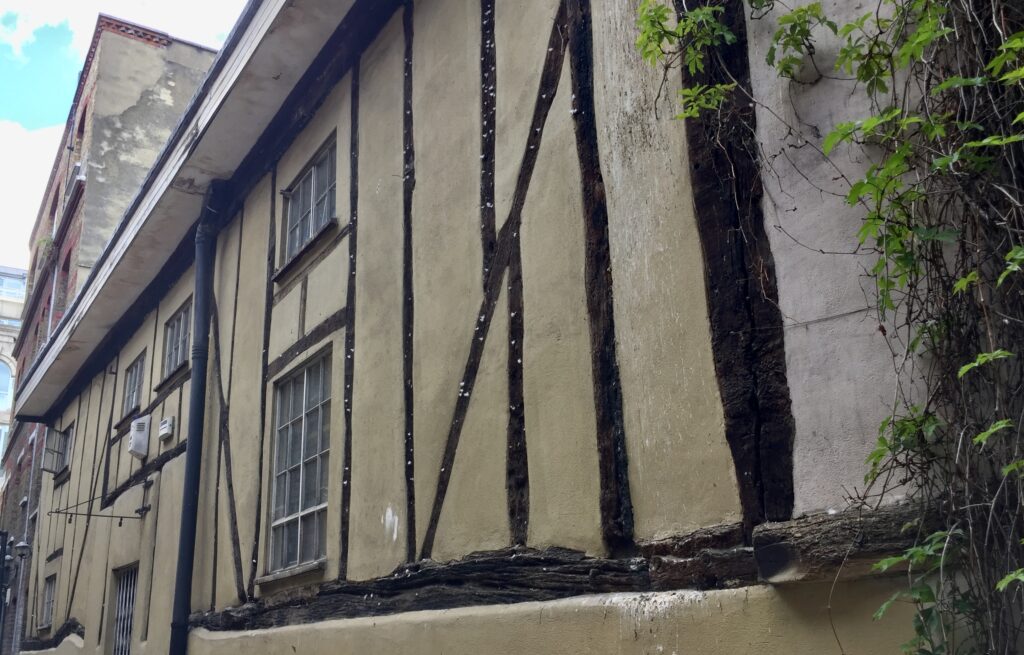
The building itself didn’t look all that old but some of the timbers used in its construction did …
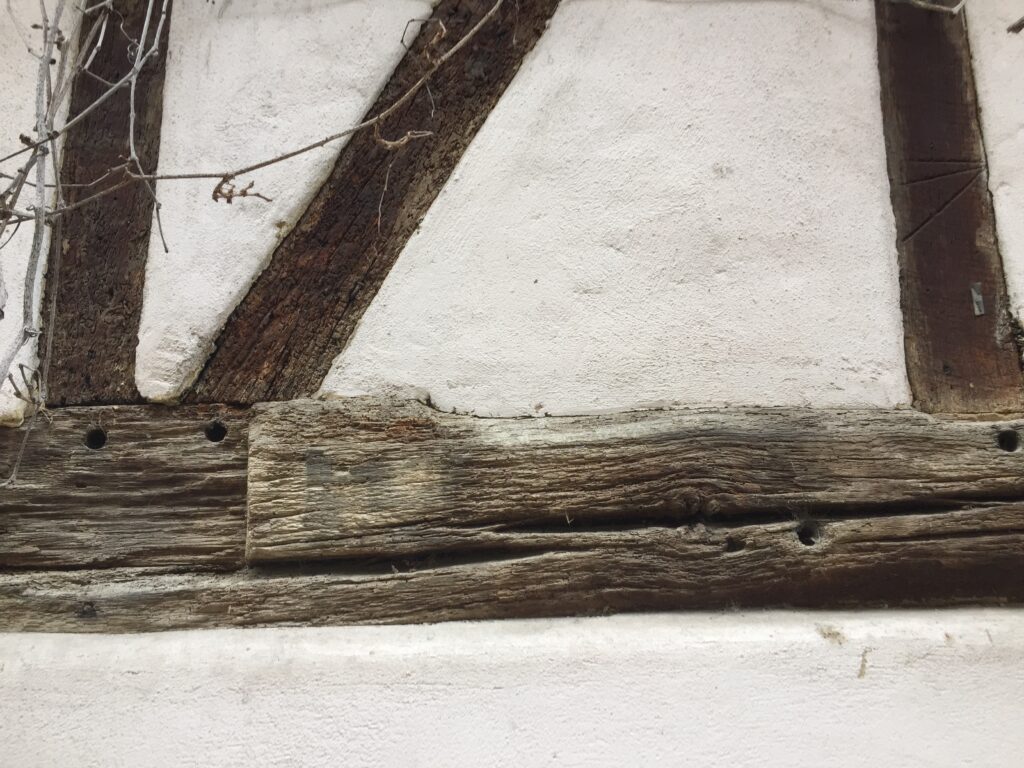
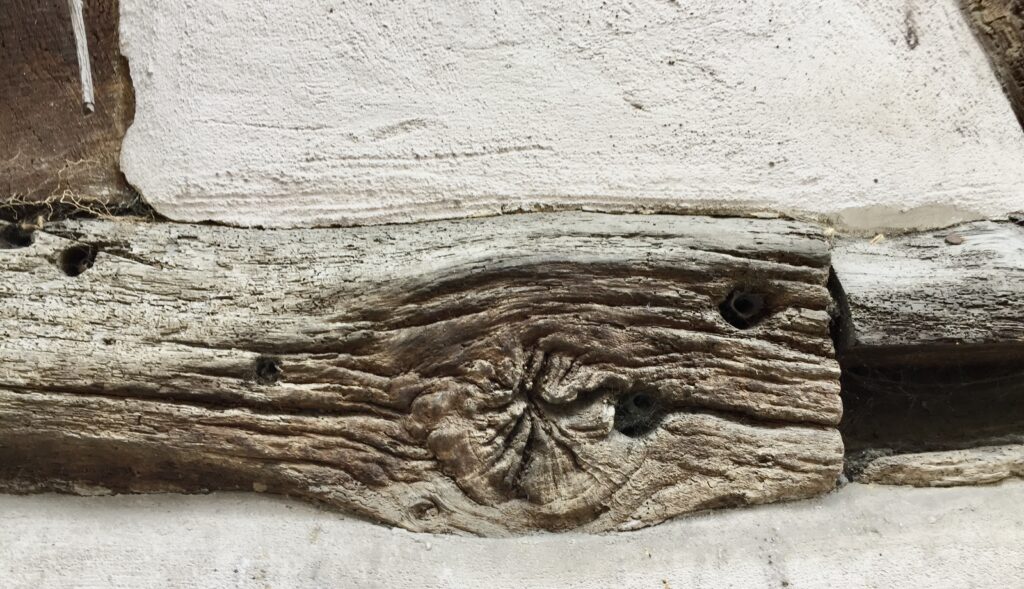
One source states that they came from a very old building that was demolished in Essex and were then utilised here in the 1980s.
And finally, Mermaid Court has a fine collection of old bollards …
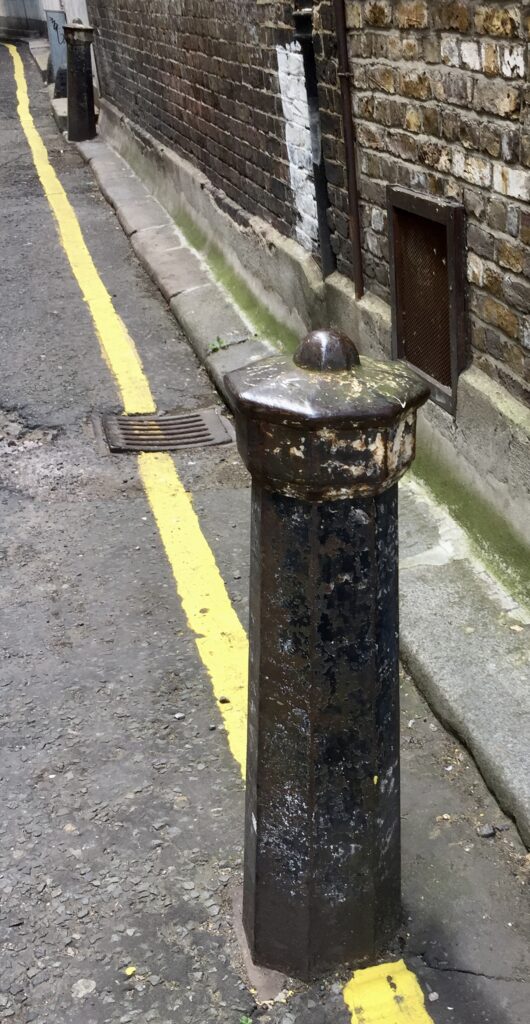
I really enjoyed my trips south of the River – might even go back again one day!
Incidentally, by way of local news, Mrs Duck was showing off her little family last week. Ahhhh!
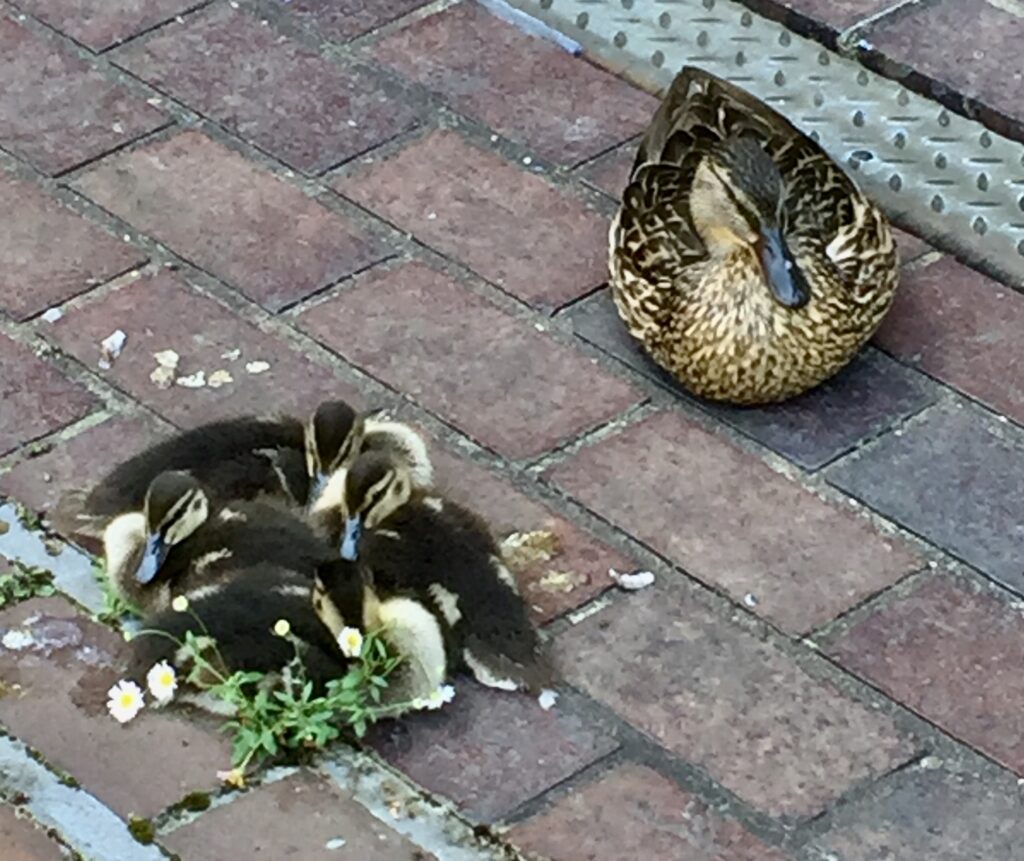
If you would like to follow me on Instagram here is the link …
